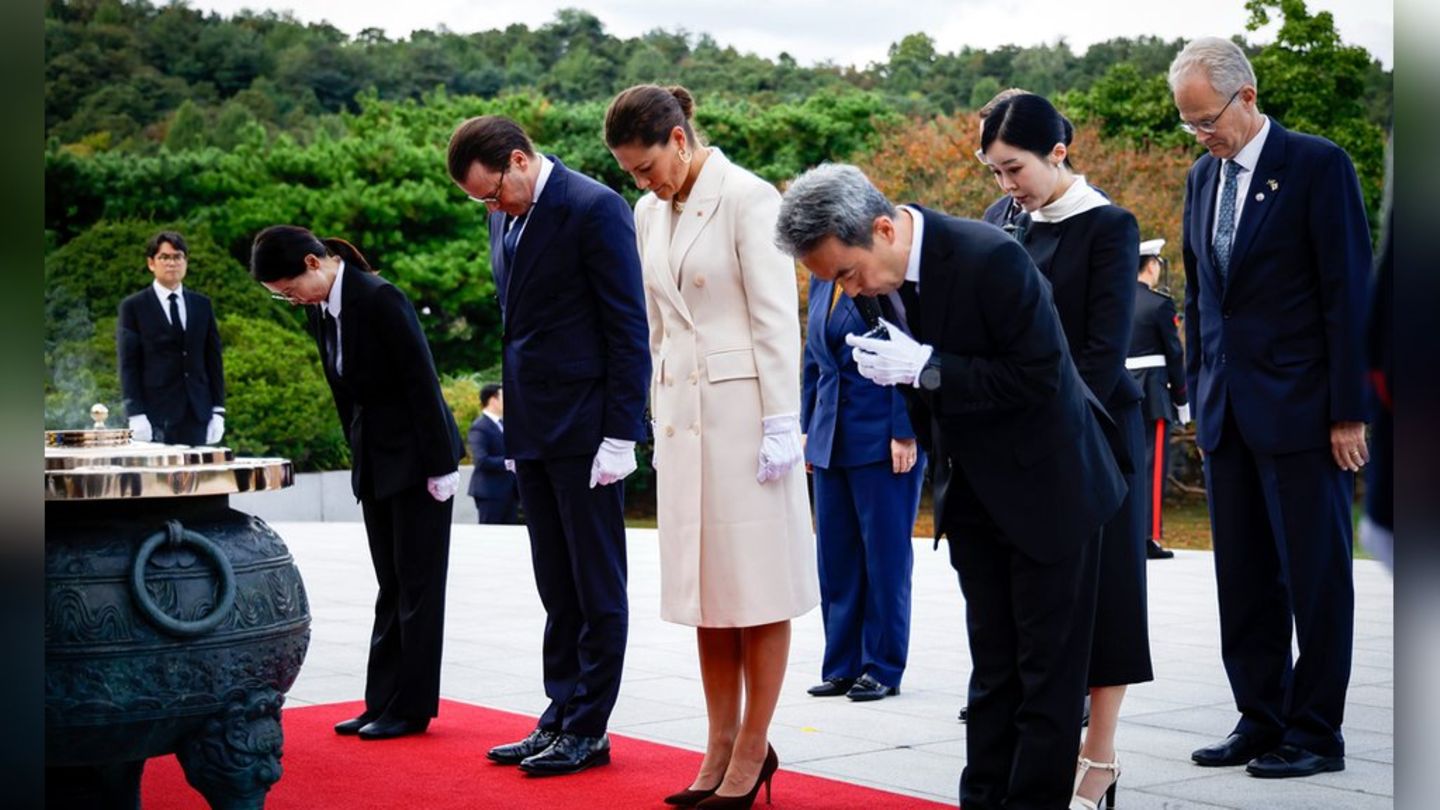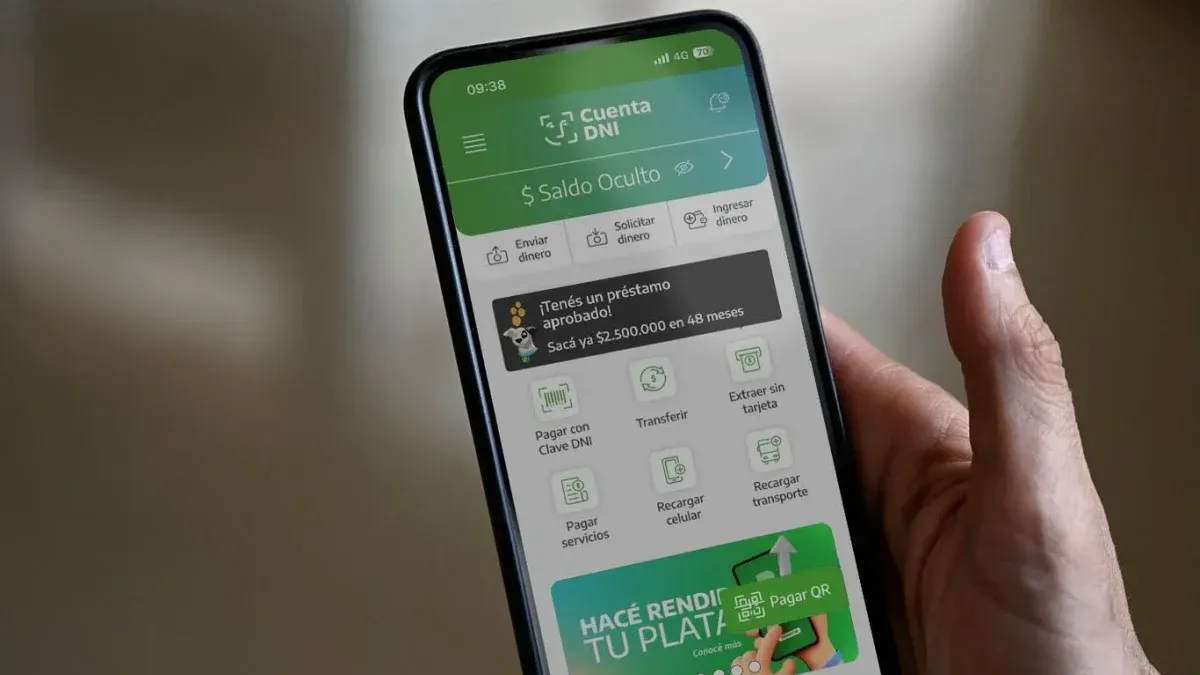Two sectors that have grown steadily in recent decades are those of Creative and Knowledge Economyand have become a huge opportunity for Latin America to position itself globally and develop conditions that allow it to improve the socioeconomic situation of its population.
Within the framework of World Creativity and Innovation Dayit is essential that we understand that education has a key role in enhancing these skills in students from an early age, and thus promoting the construction of new responses to the problems facing the region and the world.
In addition to the growth of creative industries, digitalization, the search for new answers to the region’s problems and the advancement of technologies have enabled a process of constant innovation that allows us to design proposals that aim to improve the quality of life and the sustainability of countries.
We are convinced that the future is digital. Not only the advancement of the creative and knowledge industries, but also the disruption of generative artificial intelligence, requires new ways of constructing knowledge. But also new ways of collaborating, relating, interacting, learning and teaching.
But what is creativity?
It is much more than an expression of our identities or an individual act linked to the imagination. Creativity is a collective fact, a constant search for new answers, an exploration to reinvent the world in which we live. In this sense, it is a way of life that also translates into professional careers and economic opportunities for millions of people around the world, especially women, youth and vulnerable groups.
According to the UN, culture and creativity constitute 3.1% of the world’s Gross Domestic Product (GDP) and 6.2% of total employment. In the case of Latin America and the Caribbean (LAC), they generate income of USD 124 billion, equivalent to 2.2% of the regional GDP, and 1.9 million jobs. In such a competitive global scenario, Creativity is the trigger for innovationthat is, the generation of new solutions to challenges faced by people, whose needs are not resolved by the market, and which have a positive impact on society.
Added to this, the UNESCO affirms that 65% of boys and girls between 6 and 9 years old will work in jobs that do not yet exist, for which schools must produce more stimuli in science, technology, engineering and mathematics. For this reason, the incorporation of robotics and programming content is one of the paths that countries around the world are adopting to enhance their creative and innovative talent and so that they can develop their maximum potential.
According to the latest Global Education Monitoring Report of the UNESCO, 54% of countries around the world have standards on digital skills, but it is not always the States that have defined the standards. What is clear is that developing these skills from an early age is key to meeting the goals that are part of Sustainable Development Goal 4 focused on Education.
What can we do?
In schools we have the possibility to work as a team with students, debate in groups and think together about the best ways to solve a specific problem. If we incorporate notions of Computational Thinking and Technologythe possibility of exploring different perspectives and solutions from the classrooms is enabled, which often leads to novel and original approaches to address the problems that affect us.
Let’s take a simple action, imagine that a person lives in a house with a garden, but he does not always have the time to water it, he does not remember to do it at the right time so that watering does not negatively affect his plants, or he must travel and it cannot be done. charge of that task. How can we solve it? A programmable robotic device can be a great option.
Regardless of the processes and technical knowledge, let’s do the exercise of disaggregating the problem: we need the device or robot to detect soil moisture and water only when necessary, doing so based on a movement pattern that guarantees that irrigation is adequate. , you also need to control a water pump. Disaggregating the problem is key to finding different solutions until we find the appropriate way to solve our problem according to our specific needs. For example, you could have the robot water only on days when it does not rain, or water more or less depending on the plant.
This action of dividing the problem into smaller ones is something we learn when we work in robotics and programming, two areas that offer great potential to enhance creativity. By working with robots, boys and girls have the opportunity to imagine and create new behaviors and improvements. They can explore different perspectives and solutions, often leading to unique and original approaches.
CEO and co-founder of Educabot.
Source: Ambito
David William is a talented author who has made a name for himself in the world of writing. He is a professional author who writes on a wide range of topics, from general interest to opinion news. David is currently working as a writer at 24 hours worlds where he brings his unique perspective and in-depth research to his articles, making them both informative and engaging.




